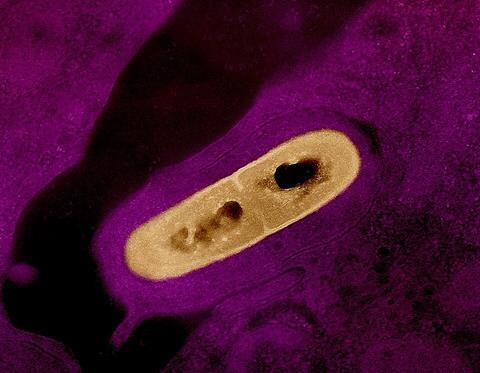A new paper on traditional Chinese medicine outlines the bacteriostatic activity and mechanism of minerals containing rubidium (MCR).

According to the findings, MCR inhibited Staphylococcus aureus, Listeria monocytogenes, and Escherichia coli with minimum inhibitory concentrations (MICs) of 11.95, 2.60, and 2.60 mg/mL, respectively. The inhibitory activity of MCR was insignificant against Bacillus subtilis, Salmonella typhimurium, and Helicobacter pylori at 3.25 mg/mL.
Mechanistic assessments showed that MCR affected bacterial conductivity, protein and nucleic acid levels, reducing sugar content, respiratory chain dehydrogenase activity, bacterial lipid peroxidation, intracellular adenosine triphosphate, and extracellular alkaline phosphatase.
READ MORE: Traditional Chinese medicine could help fight African swine fever, review finds
READ MORE: Scientists unveil the spatiotemporal landscape of medicinal mushroom Ganoderma lingzhi
The research paper is led by Fellow Lichun Zhao (Guizhou University of Traditional Chinese Medicine, Guiyang, China). A research strategy incorporating multi-dimensional verification and multi-level analysis was employed.
An evaluation system for assessing the antibacterial activity of MCR was established, utilizing multiple experimental approaches, including bacteriostatic activity assays, physiological and biochemical profiling, and scanning electron microscopy (SEM) observations, thereby ensuring the scientific rigor and accuracy of the findings.
Bacteriostatic activity
According to the findings, MCR has bacteriostatic activity and the mechanism primarily involves adhesion to bacteria, disrupting the integrity of their cell walls and membranes, and altering their permeability. This disruption leads to the release of intracellular molecules of various sizes, inhibiting cellular respiration and metabolism, and causing oxidative damage. These combined effects impair cellular functions, affecting cell growth and metabolism, or leading to cell death.
These findings provide a theoretical basis for developing MCR as a bacteriostatic agent and offer scientific guidance for the development of the traditional Chinese medicine industry.
In this study, published in the Science of Traditional Chinese Medicine, the authors elucidated the bacteriostatic activity of MCR for the first time and preliminarily explored the mechanism of its bacteriostatic action. MCR exhibits multi-target antibacterial activity by adhering to bacterial surfaces, disrupting cell wall/membrane integrity, and increasing membrane permeability. These synergistic effects cause cellular content leakage, functional impairment, and ultimately irreversible bacterial death. The findings highlight the antibacterial activity of MCR and provide a solid foundation for further research into its antibacterial properties.
Topics
- Antimicrobials
- Asia & Oceania
- Bacillus subtilis
- Bacteria
- bacteriostatic activity
- Escherichia coli
- Guizhou University of Traditional Chinese Medicine
- Helicobacter pylori
- Lichun Zhao
- Listeria monocytogenes
- Medical Microbiology
- One Health
- Research News
- rubidium
- Salmonella Typhimurium
- Staphylococcus aureus
- Traditional Chinese Medicine







No comments yet